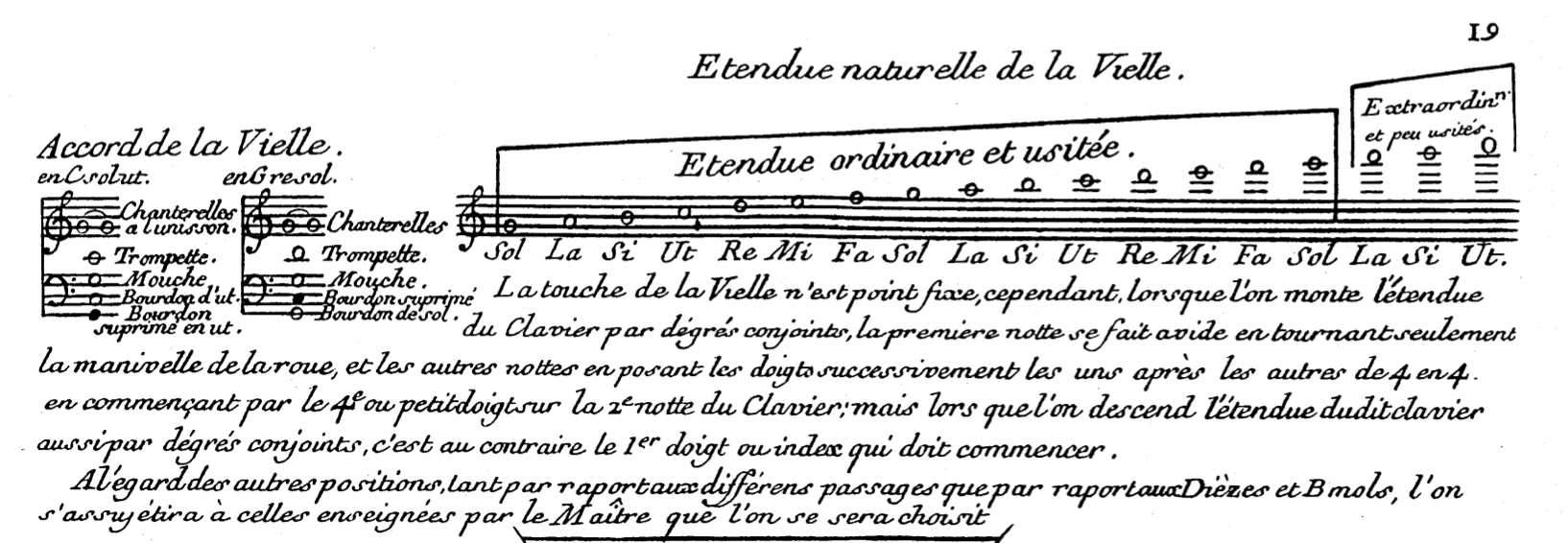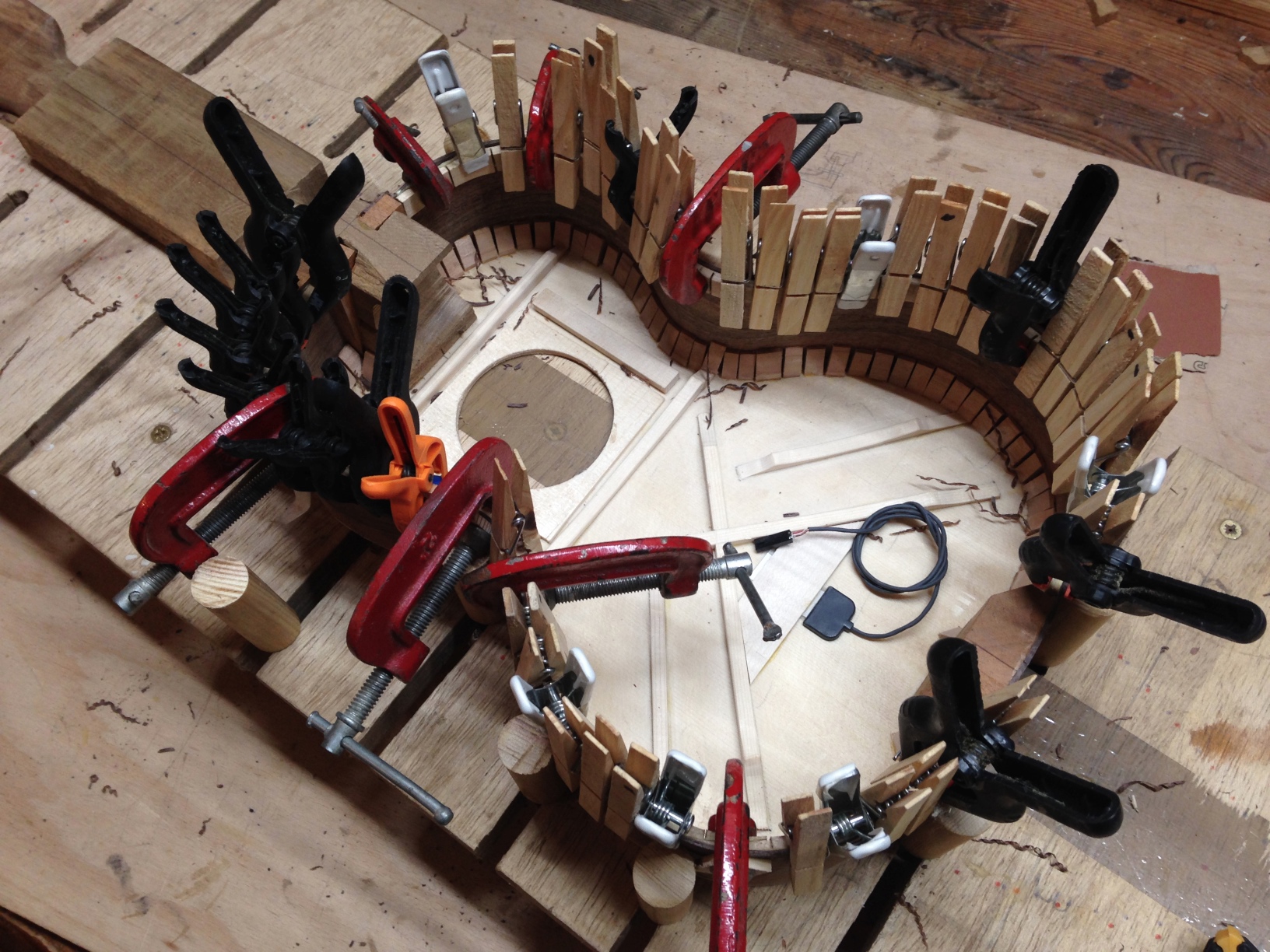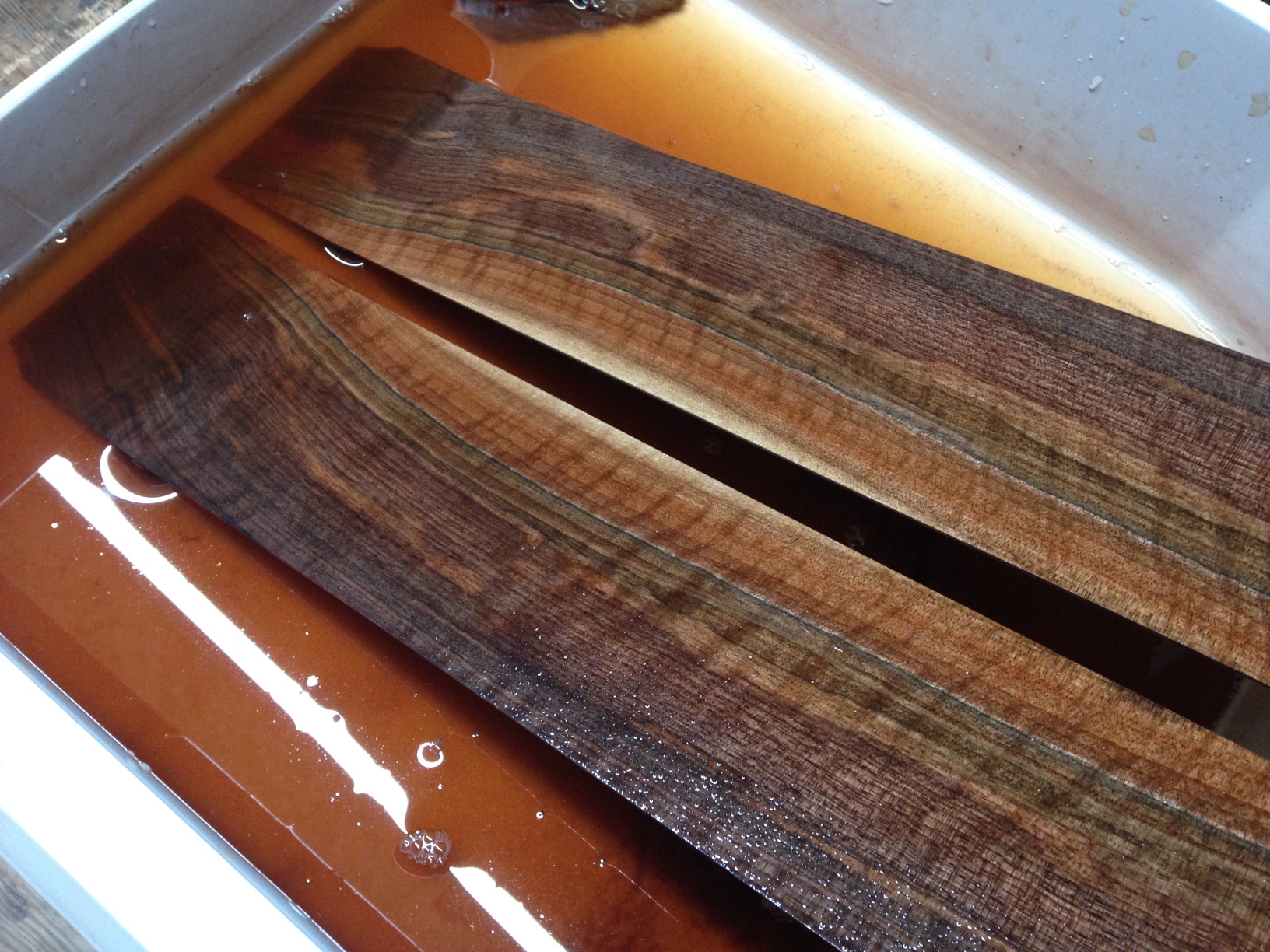magnetic fields

#TIL about tcpdump, a very handy little command line utility for looking at network traffic. Not as fully featured as Wireshark, but nice if you want to e.g. pipe network traffic into another process. It’s also not >300MB :/
When using the python2.7 gzip module with StringIO, it’s extremely important to call GzipFile.close() after you’ve finished writing to it. If you don’t, the archive will probably not be readable as the CRC record will not be appended, and you’ll get a bunch of IOErrors despite everything looking fine.
Amazon.com product question humour finds its way to some unexpected products…

According to this clock, it is always 11/12 likely to be one o’clock, and 1/12 likely to be two o’clock

Finally finished my @monomes arc clone (original design by Johannes Neumann)

I tried to plug in this LED strip I bought but nothing happens. 5400 LEDs but none of them turn on?! and when I tried to peel the backing off to stick it to something, all the LEDs fell out D: 0/10 would not buy again

Finally arrived at #35C3 in Leipzig! Is anyone else I know here?
This time of year is perfect for burning the old and making way for the new. Merry Christmas 🔥

hashtag #jimihellinga
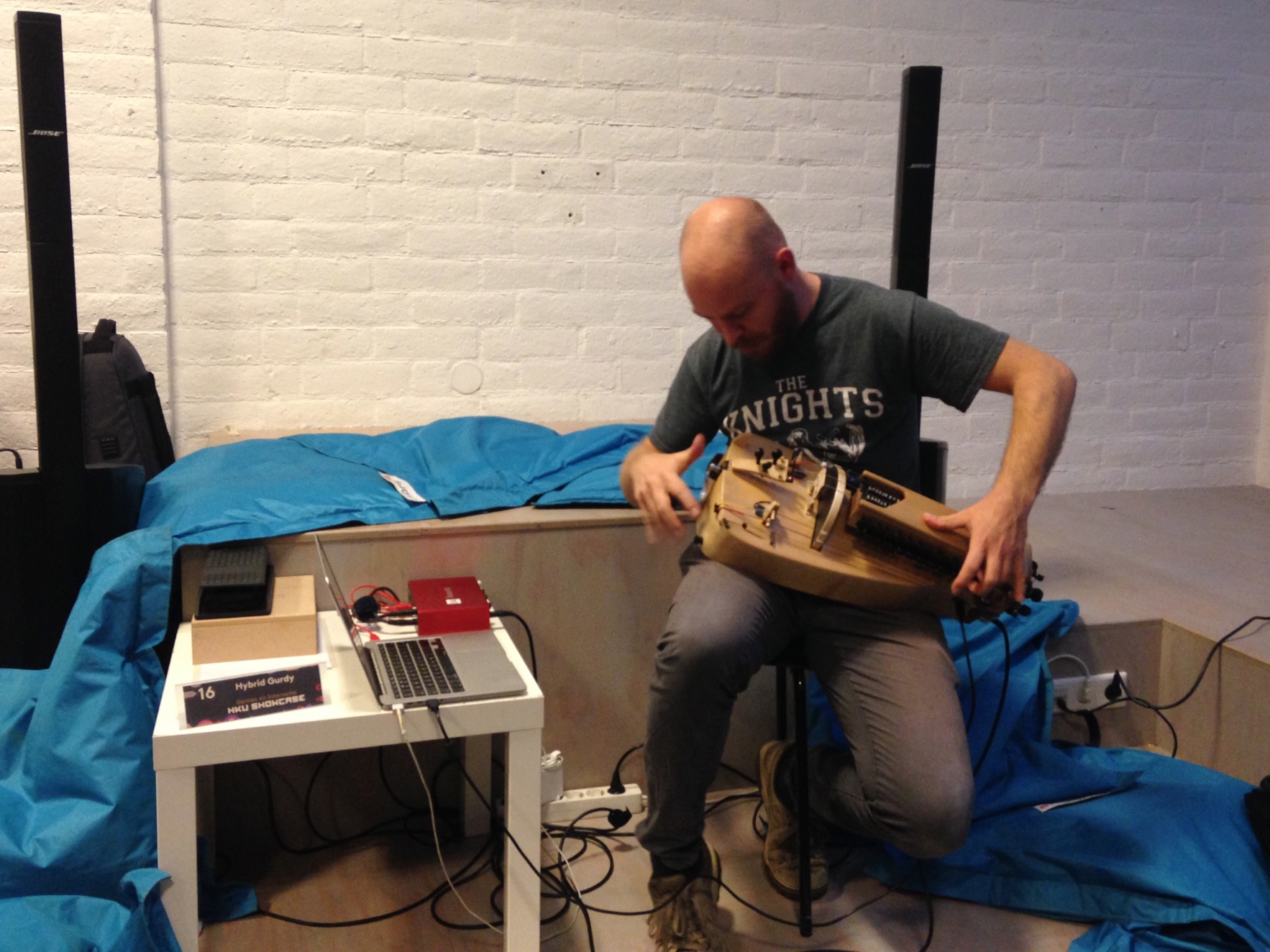
More proof, were it needed, that Malbourg (AKA Malborough, Malbrook, “For He’s A Jolly Good Fellow”) was an 18th Century european mega-hit: here it is arranged as a duo in Corette’s hurdy gurdy method, where he claims to offer “les plus jolis airs connus”
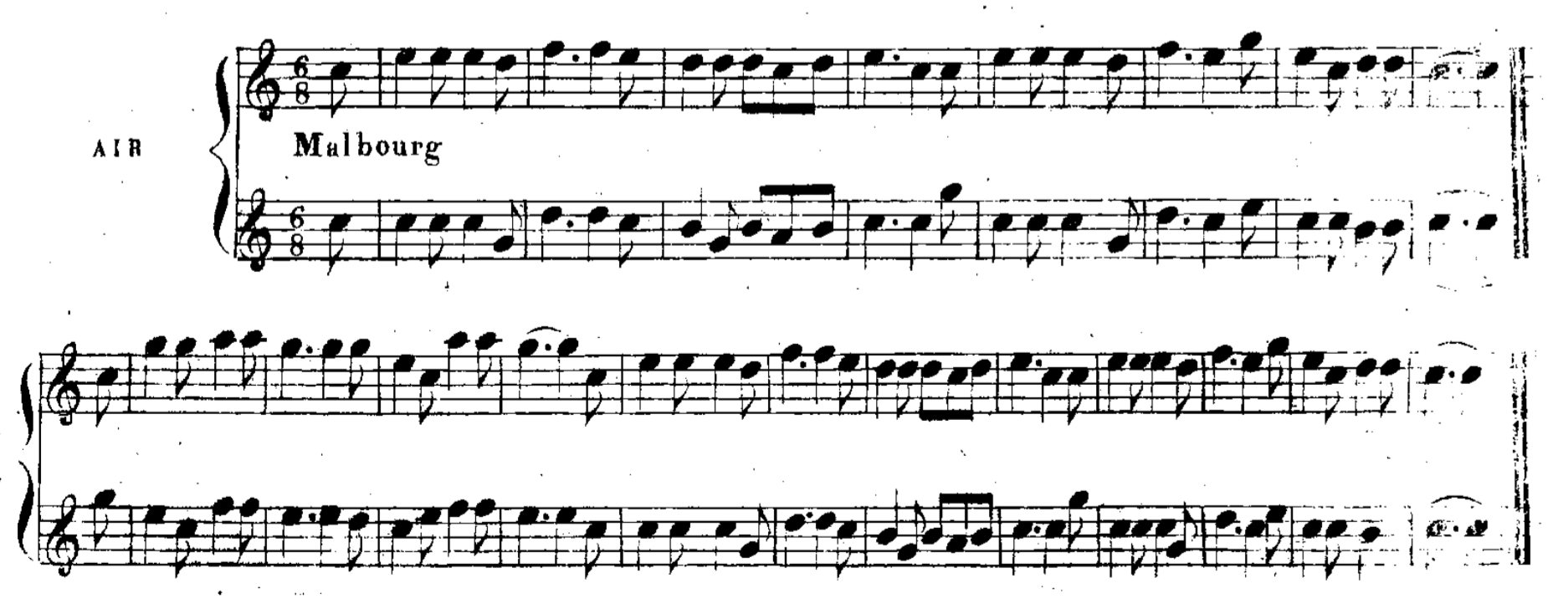
For anyone building theSlowGrowth’s Monome Arc clone project, here are the avrdude commands required to set the ATMega88p fuses, based on this fuse calculation:
avrdude -V -p m88p -c YOUR_PROGRAMMER_ID -P YOUR_PROGRAMMER_PORT -B 10 -e -u -U lfuse:w:0xD6:m -U hfuse:w:0xDF:m -U efuse:w:0xF9:m -U lock:w:0xFF:m
and then flashing the precompiled firmware is pretty straightfoward. USB board: (swap arc4_ for arc2_ in the unlikely event you’re building an arc2):
avrdude -V -p m88p -c YOUR_PROGRAMMER_ID -P YOUR_PROGRAMMER_PORT -B 2 -U flash:w:./firmware/compiled_hex/arc4_firmware_usb_board_atmega88p.hex:i -U lock:w:0xFF:m
and for each ring:
avrdude -V -p m88p -c YOUR_PROGRAMMER_ID -P YOUR_PROGRAMMER_PORT -B 2 -U flash:w:./firmware/compiled_hex/firmware_pot_board_atmega88p.hex:i -U lock:w:0xFF:m
Note that the verion of avrdude I’m using (5.8, from an old crosspack install I was using to compile some MI AVR code) doesn’t support the ATMega88p, and in order for any of this to work, you may need to edit the avrdude config file according to the instructions in the arc clone repo. Mine was in /usr/local/CrossPack-AVR-20100115/etc/avrdude.conf, and all I had to do was duplicate the config block for the ATMega88 and make the following changes:
id = "m88p";
desc = "ATMEGA88P";
and
signature = 0x1e 0x93 0x0f;
Sacred Harp is some of the most exciting music I’ve come across in years, but, being polyphony, you need a group of people to properly enjoy it. Sometimes, once a week really isn’t enough, and an evening in front of a multitrack recorder has to suffice…
EDIT: I couldn’t resist also recording this parody version. 50% of Sacred Harp is a bunch of biblical and religious stuff but most of the rest, including 209, is pure, unadultered memento mori.
Found this nice ISMLP category page while starting research for a new project, containing enough baroque French gurdy scores to keep anyone busy for a while imslp.org/wiki/Category:Scores_featuring_the_vielle
There’s all sorts of interesting stuff if you poke around a bit — for example, in Bordet’s Méthode raisonnée pour apprendre la musique there’s a summary of the hurdy gurdy which suggests that extended keyboards beyond the usual two-octaves-minus-high-F# existed, but were “extraordinaire, et peu usité:”
